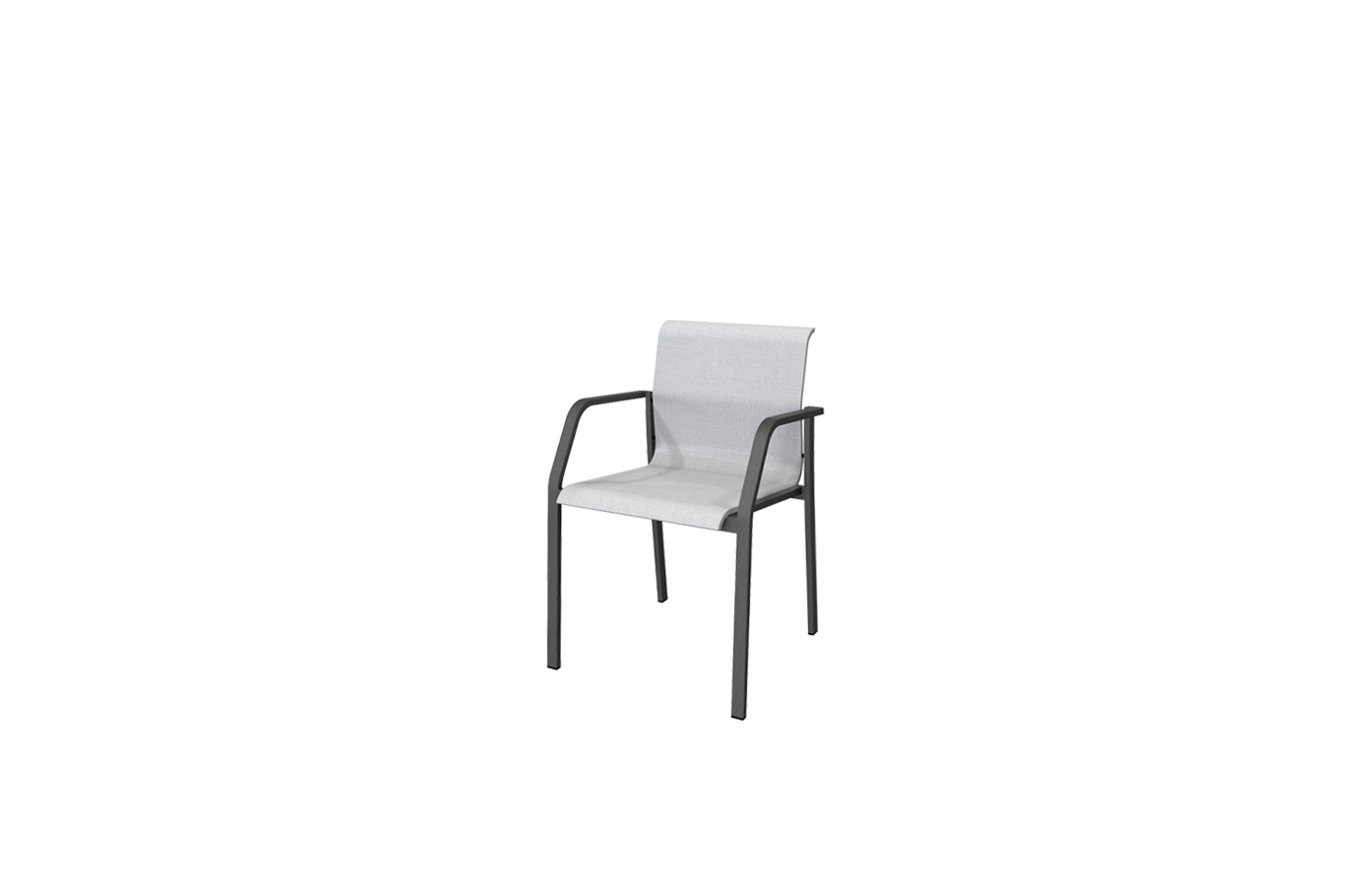Artie has emerged as a multifaceted term in contemporary discourse, resonating throughout various fields such as technology, art, and education. Although primarily associated with creative software and applications, it encapsulates broader concepts relating to art in a digital age. This article delves into the many interpretations of Artie, examining how it is redefining creativity across multiple dimensions.

Exploring the Versatile World of Artie: From Creative Software to Artistic Innovations in the Digital Realm
The rise of Artie can be traced to the increasing intersection between technology and traditional artistic expressions. Artists today are not only confined to canvas and clay; instead, they utilize digital tools to manifest their visions. Artie embodies that connection, representing the confluence of art and technology. For instance, in the world of graphic design, applications branded under the name Artie offer users extensive capabilities for creating stunning visuals with an intuitive interface. These tools have democratized the creative process, allowing budding creators to express themselves without needing formal training.
In addition to software, Artie has found its footing in the realm of artificial intelligence. AI art generators, often described as “Artie tools,” leverage machine learning to analyze vast datasets of existing artworks before crafting unique images based on user prompts. This innovative capability challenges traditional notions of authorship and creativity, raising philosophical questions about the role of the artist in an age where algorithms can produce visually appealing content. Can a machine truly understand creativity? Or is it simply a mimicry of human expression? The discourse surrounding these questions is pivotal as society navigates the evolving landscape of art.
Moreover, Artie has made waves in educational settings, where digital tools are integrated into teaching curricula. Art programs incorporating software like Artie allow students to explore artistic concepts, experiment with digital mediums, and develop their skills in a supportive environment. Such initiatives play an essential role in preparing the next generation of artists to thrive in a technologically driven world. By encouraging creativity through these advanced tools, educators can foster problem-solving and critical thinking skills applicable beyond the classroom, equipping students with the versatility needed in today’s job market.

Exploring the Versatile World of Artie: From Creative Software to Artistic Innovations in the Digital Realm
Artie’s influence also extends into the gallery space, where traditional exhibitions are increasingly complemented by virtual reality (VR) and augmented reality (AR) experiences. Artists are now creating immersive installations that transport viewers from mere observation into interactive engagement. Through Artie, audiences can explore digital exhibitions that challenge physical boundaries, breathing new life into the viewing experience. Art galleries are merging with technology, creating platforms that allow remote visitors to experience artworks from anywhere in the world.
In terms of community engagement, Artie fosters collaboration among artists, designers, and technologists. Online platforms and social media channels enable creators to share their work, receive feedback, and collaborate across geographic barriers. This global interconnectedness broadens perspectives and sparks innovative ideas, cultivating a thriving ecosystem for artistic expression. Communities built around Artie-centric projects facilitate mentorship, resource sharing, and networking, significantly benefiting emerging artists seeking to navigate today’s complex art world.

Exploring the Versatile World of Artie: From Creative Software to Artistic Innovations in the Digital Realm
Cultural discourse surrounding Artie is ongoing, as society grapples with the implications of technology-infused creativity. Debates about authenticity, originality, and the future of human artistry are more salient than ever. As we navigate this dynamic landscape, it’s essential to recognize the potential for Artie to serve not as a replacement for human creativity but as an enhancement of it—an additional tool in the artist’s toolbox.
In conclusion, Artie represents a pivotal shift towards an integrative approach to art, merging the realms of traditional creativity with technological innovation. Its influence permeates through software, educational applications, community engagement, and cultural conversations, redefining what it means to be an artist today. As we continue to explore these possibilities, one thing becomes clear: the artistry of the future will not shy away from technology but will embrace it, forging a unique path for creativity that transcends boundaries and elevates the artistic experience. Furniture



